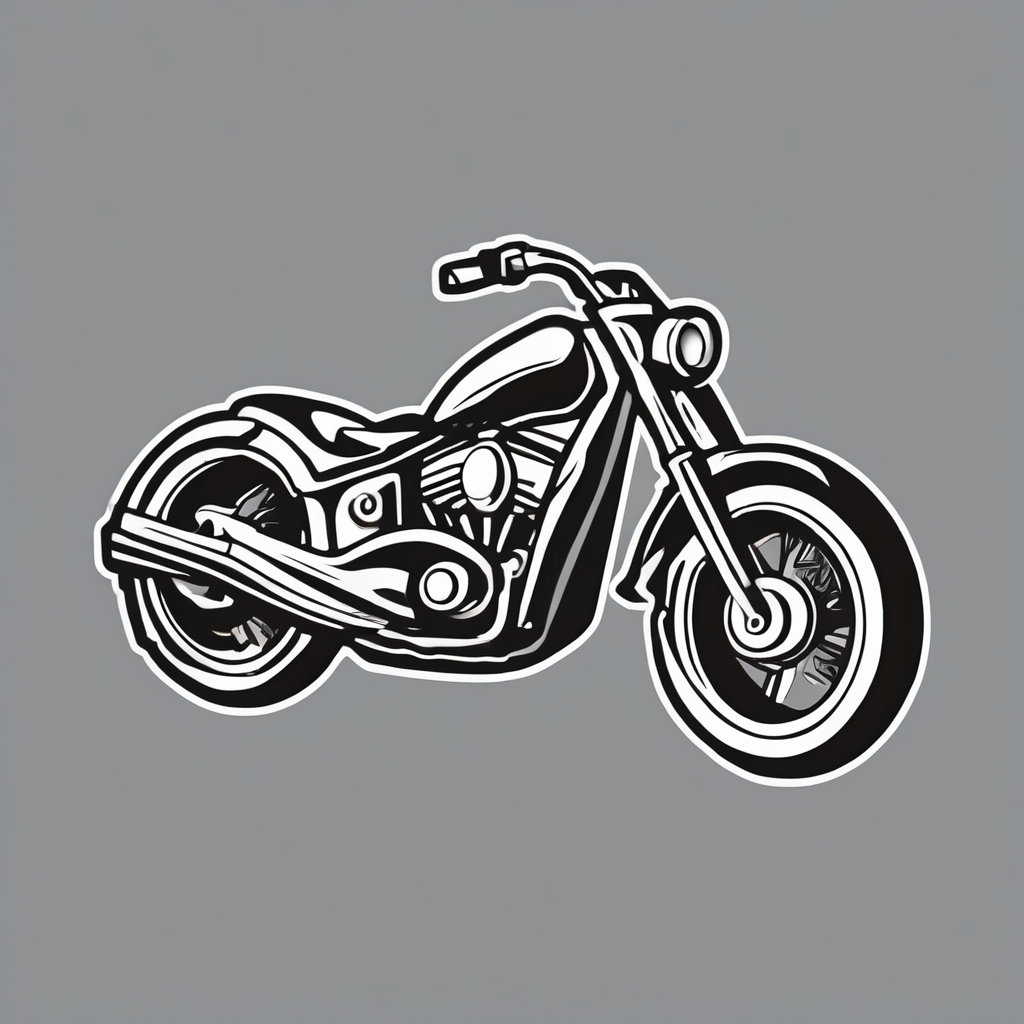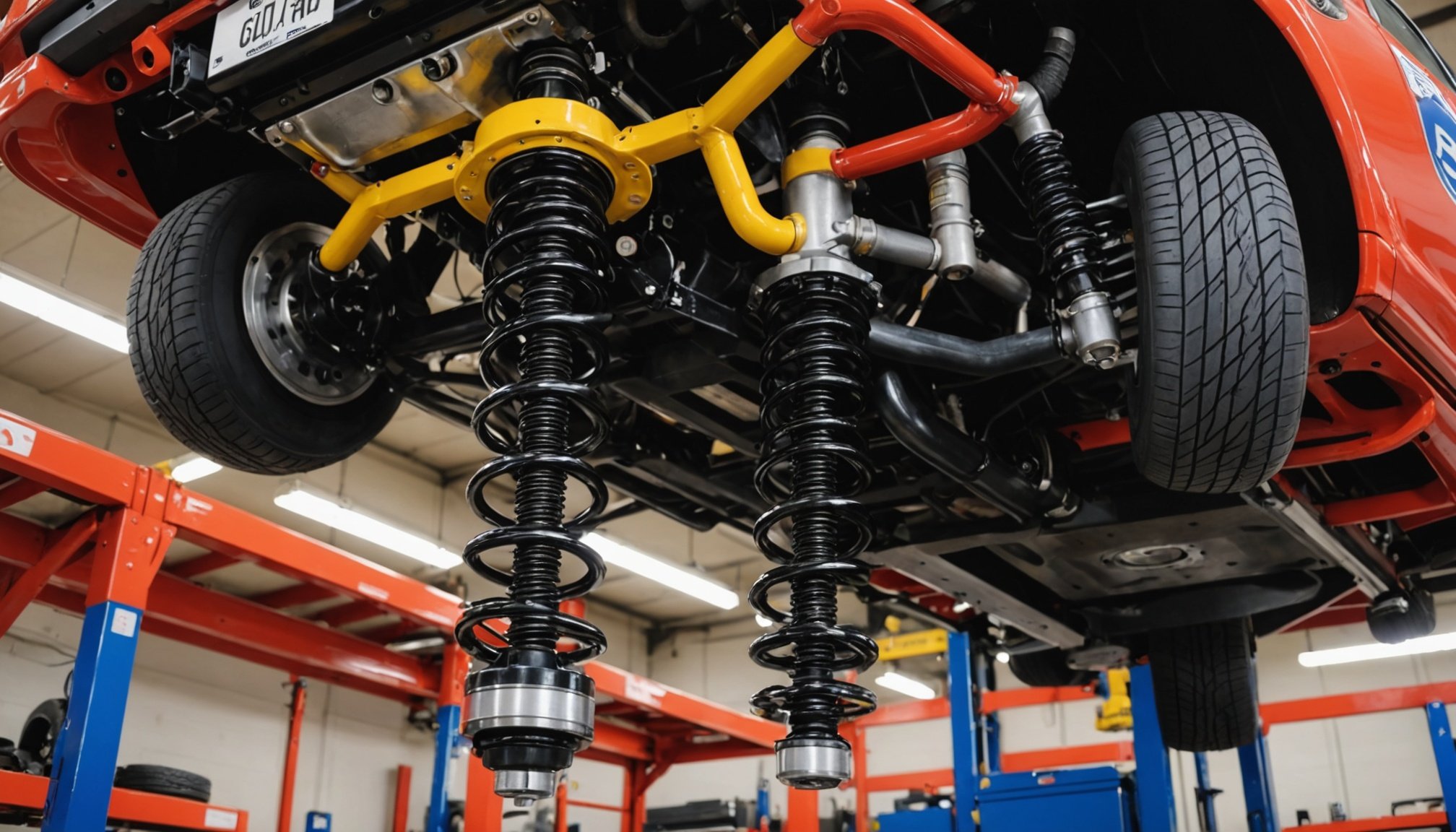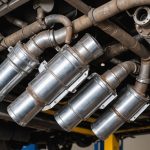Importance of Safety in Aftermarket Suspension Installation
When considering suspension installation, it is crucial to understand its profound impact on vehicle safety and performance. The suspension system in a vehicle is integral to maintaining stability, handling, and overall driving safety. Vehicle integrity relies heavily on the correct installation of aftermarket suspension components as improper installation can lead to severe issues. A poorly installed suspension can affect steering, alignment, and even braking performance, creating dangerous driving conditions.
Safety guidelines are not mere suggestions; they are essential for preventing such hazards. One common mistake is failing to adhere to manufacturer guidelines, which contain vital instructions for proper installation. By ignoring these guidelines, installers risk compromising the vehicle integrity, which can lead to fatigue and damage to other components over time.
Topic to read : Essential Guide to Properly Verify Your Off-Road Vehicle”s Rear Differential Lock Functionality
Therefore, it is critical to follow established safety guidelines to ensure that the suspension installation not only enhances vehicle performance but also maintains the highest safety standards. Understanding and executing these guidelines effectively can mitigate the risks of catastrophic failures and ensure durability and reliability in your vehicle’s performance. Proper suspension installation is not just about improving ride quality but also about safeguarding yourself and others on the road.
Step-by-Step Installation Process
Installing a suspension kit can be an exciting DIY project, offering a chance to improve your vehicle’s performance while gaining mechanical skills. Before diving in, it’s crucial to understand the necessary installation techniques.
Also to see : Top Indicators Your Car”s Catalytic Converter is Due for Replacement
Preparing the Vehicle for Installation
To start, gather essential tools and equipment, such as a torque wrench, jack stands, and socket sets. It’s equally vital to assess your vehicle’s existing suspension system. This evaluation helps identify potential concerns, ensuring a smooth installation. Checking for wear and damage can prevent future issues, saving time and effort.
Detailed Installation Steps
Begin the process by carefully disassembling the old suspension system. Refer to the DIY guide for step-by-step removal instructions, ensuring safety and precision. Once removed, follow guidelines meticulously for installing the new suspension components. Pay special attention to attach and align everything correctly, adhering to manufacturer’s torque specifications.
Finishing Touches and Testing
After installation, secure all components to avoid mishaps during driving. Testing your vehicle’s handling and performance ensures optimal results. Recommended tests include checking steering response, ride height, and suspension articulation, which can indicate if the installation was successful. Adjustments may be necessary to fine-tune the setup fully.
By understanding the process and following these methods, you can achieve a successful installation, enhancing both the aesthetics and performance of your vehicle.
Common Pitfalls to Avoid
When dealing with installation, being aware of potential mistakes is crucial. One frequent error is the misjudgment of component compatibility. It’s vital to ensure all parts mesh seamlessly with the existing system. Using incompatible components can lead to suspension errors, affecting the overall functionality and safety.
Safety checks are not to be taken lightly. Overlooking essential checks and balances can pose significant safety risks. For instance, failing to properly inspect the installation might result in undetected faults, compromising the entire system. Ensuring all components are securely positioned and tested is non-negotiable.
The role of professional assistance cannot be overstated. Ignoring the need for expert help when necessary could lead to severe consequences. While DIY projects can be rewarding, some tasks demand professional oversight to mitigate risks. Professionals can identify issues that might not be apparent to an untrained eye and provide solutions that ensure optimal performance and safety.
In essence, understanding these common pitfalls, such as overlooking compatibility, neglecting essential safety checks, and not seeking professional help, is key to ensuring a successful project. Addressing these issues proactively can save time, resources, and ensure peace of mind.
Consequences of Improper Installation
Improper installation can significantly impact vehicle performance. When a key component is not installed correctly, it may lead to vehicle instability, causing the ride to feel uneven or jittery. For example, poorly aligned wheels can result in vibrations, affecting steering control and overall driving experience.
Besides performance issues, safety is a critical concern. Installation errors can lead to numerous safety hazards, unpleasant surprises like sudden breakdowns or loss of vehicular control, especially at high speeds. These hazards endanger not only the driver and passengers but also other road users. A small oversight during installation can cascade into severe consequences, putting lives at unnecessary risk.
Moreover, improper installation can accelerate the wear and tear on vehicle components. If systems such as the suspension or brakes operate under undue stress, they are more likely to suffer from premature deterioration. This can lead to increased maintenance costs and potential malfunction during critical moments.
Finally, there are liability and financial ramifications to consider. Accidents resulting from installation errors can lead to legal repercussions and hefty financial liabilities. Repair costs, legal fees, and potential compensation claims are burdens that underscore the importance of professional and precise vehicle installations.
Visual Aids and Resources
Navigating the world of aftermarket suspension installation can be daunting, but the availability of comprehensive visual guides and installation resources can significantly ease the process.
Diagrams and Videos
Understanding installation procedures can be much easier with the aid of visual aids. These resources, including detailed diagrams and videos, offer step-by-step guidance and help demystify complex tasks. For those seeking practical examples, we recommend exploring video tutorials that clearly outline each stage. By doing so, users can visually comprehend the specific actions and tools needed, making the entire process less intimidating. Videos also provide invaluable insights into common pitfalls and expert tips, enhancing overall installation confidence.
Product Recommendations
Choosing the right tools and brands enhances the installation experience. Trusted brands that offer quality kits for aftermarket suspension include Bilstein, Eibach, and Koni. Investing in reliable tools and equipment, like torque wrenches and specialised kits, ensures safety and precision. Home mechanics may find basic toolsets sufficient for straightforward tasks but should consider additional gear for more complex procedures.
Additional Learning Resources
Engaging with forums and online communities opens a wealth of knowledge and support. These platforms connect enthusiasts and professionals eager to share insights and solutions. Additionally, exploring professional guides or enrolling in workshops provides deeper insights for those seeking advanced understanding and hands-on experience in suspension systems.











